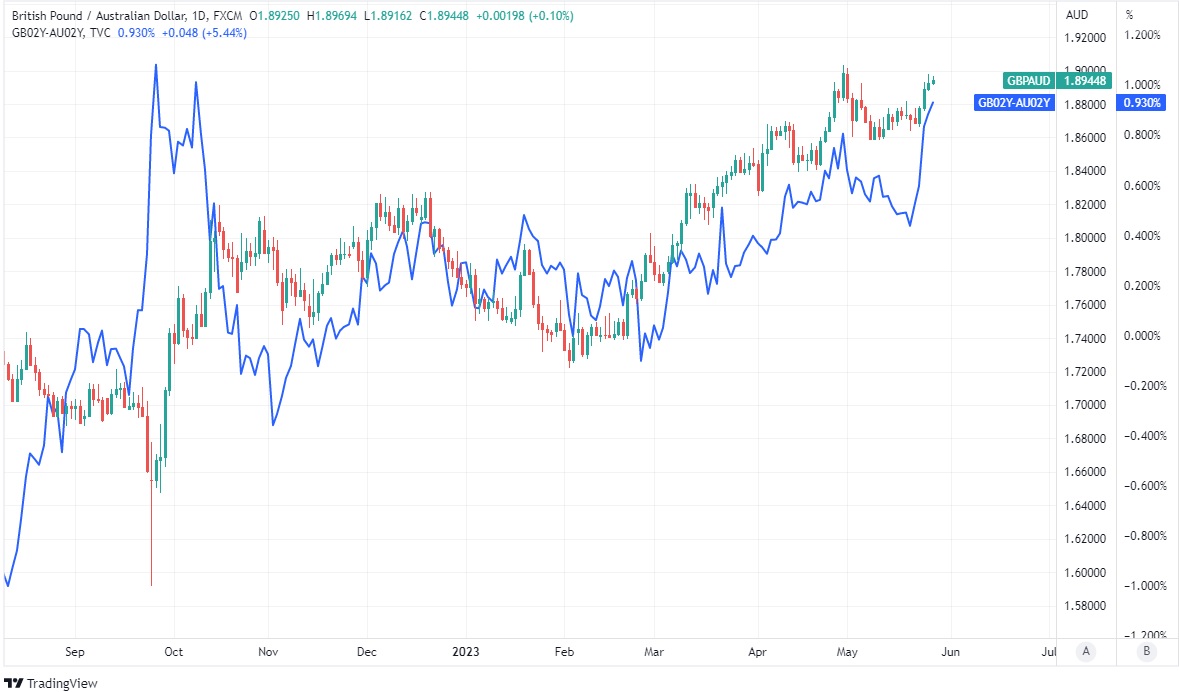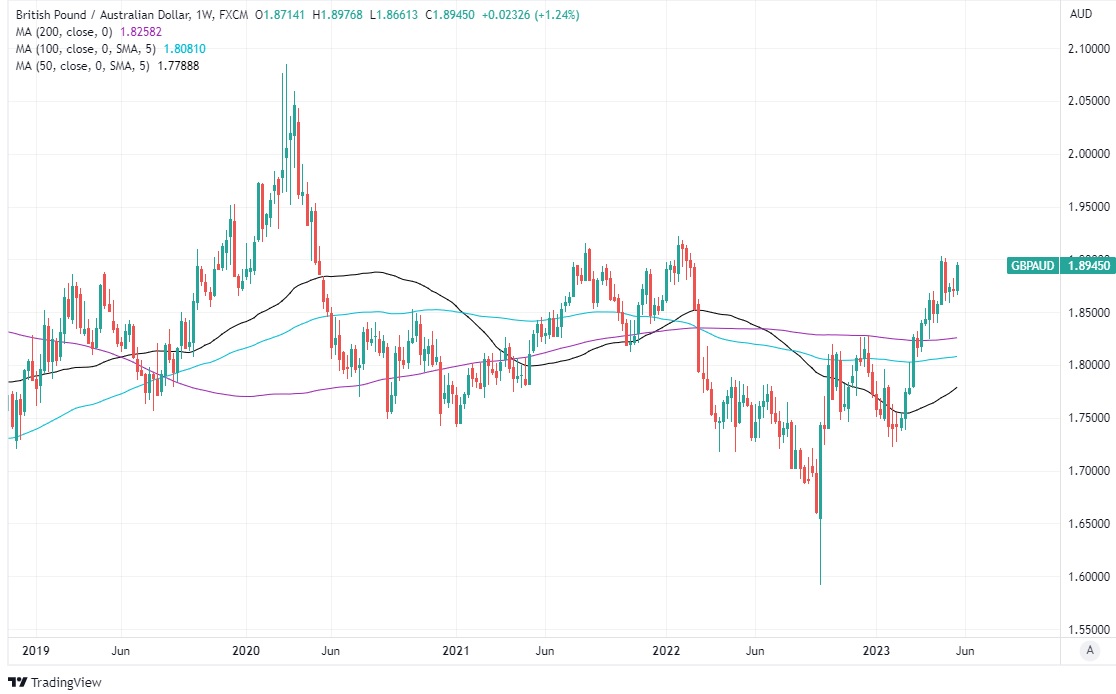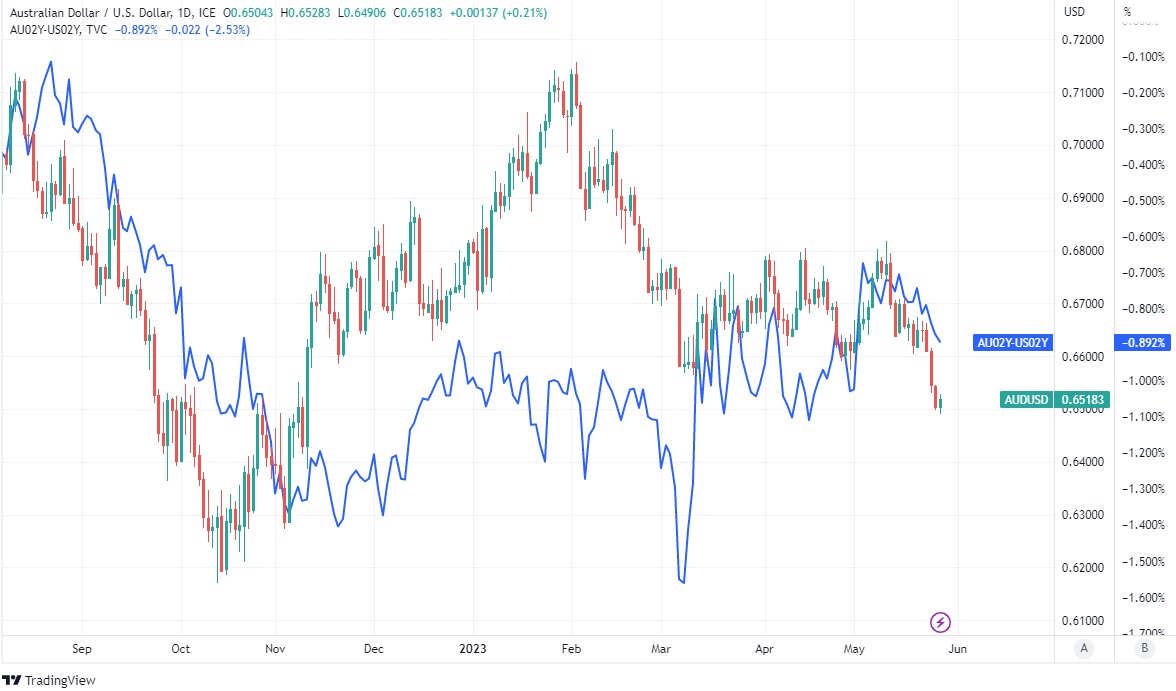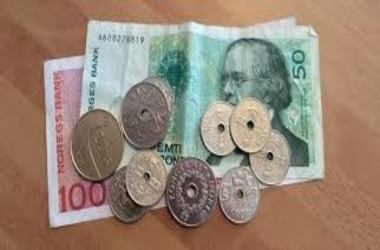 During the last session of the week, the exchange rate between the Pound and the Australian Dollar remained strong, close to its recent highs. This was due to positive economic developments between the two countries, which helped to maintain a favorable bond yield differential. Despite a weakening US Dollar and a strengthening Renminbi, the Pound to Australian Dollar exchange rate remained buoyant. The Australian Dollar was acquired in conjunction with most other currencies on Friday, as the Chinese Renminbi experienced a surge, coinciding with reports of headway in the U.S. government’s debt ceiling negotiations in Washington. This led to a widespread drop in the exchange rates of the US Dollar.
During the last session of the week, the exchange rate between the Pound and the Australian Dollar remained strong, close to its recent highs. This was due to positive economic developments between the two countries, which helped to maintain a favorable bond yield differential. Despite a weakening US Dollar and a strengthening Renminbi, the Pound to Australian Dollar exchange rate remained buoyant. The Australian Dollar was acquired in conjunction with most other currencies on Friday, as the Chinese Renminbi experienced a surge, coinciding with reports of headway in the U.S. government’s debt ceiling negotiations in Washington. This led to a widespread drop in the exchange rates of the US Dollar.
The Australian Dollar experienced gains that were comparatively less significant than those of the British Pound. The Pound’s rebound from the week’s low levels could have been facilitated by the Office for National Statistics’ data, which revealed that retail sales volumes in April exceeded economists’ expectations. According to Gabriella Dickens, an economist at Pantheon Macroeconomics, the retail sales volumes in April experienced a slight improvement, but it was not enough to completely offset the decline observed in March. This suggests that the trend is still relatively stagnant. The escalation of prices and interest rates is causing a persistent strain on household finances.
The United Kingdom’s sales witnessed a growth of 0.5%, surpassing the anticipated estimate of 0.3% expansion. The favorable outcome was, nevertheless, accompanied by a downward adjustment to the March projection. The previously announced -0.9% decline was expanded to -1.0%. The data from the UK was released subsequent to Australian retail sales remaining stagnant with no growth in April. This outcome was unexpected by economists who had predicted a 0.3% rise to augment the 0.4% increase in March. According to Carol Kong, an economist and currency strategist at Commonwealth Bank of Australia, the recent succession of feeble economic data, which encompasses April’s retail sales that fell short of expectations, does not provide a basis for another rate hike in June.

If the pricing of RBA rate hike is reversed, AUD/USD may experience further decline. According to Kong and colleagues’ market commentary published on Friday, the impact of USD strength and weakened commodity prices is expected to be more significant. Last week, two significant developments were reported that suggest a weakening Australian economy. Firstly, there was an unexpected decline in employment figures for April. Secondly, the wage growth for the first quarter was slower than what was initially anticipated.

As per the analysis of Pat Bustamante, who is an economist at St. George Bank, it is evident from the latest data that households are adapting to the decrease in actual wages, increased interest rates, and rising rents. The decision of the Reserve Bank of Australia (RBA) to increase the cash rate to 3.85% earlier this month came as a surprise to economists and financial markets. This move is widely speculated to have contributed to the weakening of the economy.

The upgrade in question was coupled with a revision of Australian economic projections, which factored in a -4% decrease in the trade-weighted Australian Dollar exchange rate. This development may pave the way for a potential increase in GBP/AUD in the upcoming months. In the event of a trade-weighted depreciation of 4%, uniformly distributed across all index components, it can be inferred that GBP/AUD may experience an increase to around 1.95, while AUD/USD could potentially decline to as low as 0.64 in the upcoming months.




